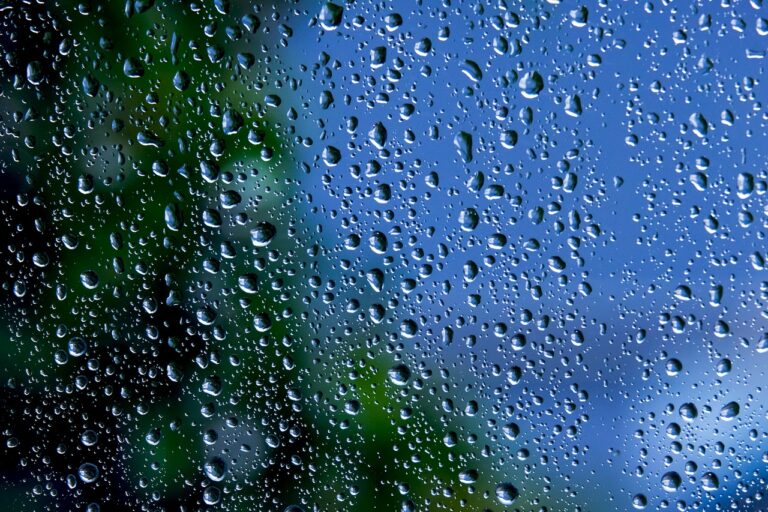
Importance of Keeping Cardboard Dry
In the world of sustainability, recycling cardboard is often touted as a crucial practice in reducing waste and preserving resources. However, what many people may not realize is that keeping cardboard dry is a vital aspect of successful recycling. The process of recycling cardboard involves breaking it down into pulp, which is then used to create new products. When cardboard gets wet, its fibers become weakened and less suitable for the recycling process. Moisture can lead to mold growth and contamination, rendering the cardboard unusable for recycling purposes.
One of the primary reasons why cardboard needs to stay dry for recycling is to maintain its structural integrity. Wet cardboard becomes soggy and loses its strength, making it difficult to handle and process at recycling facilities. Moisture weakens the fibers that hold the cardboard together, resulting in a lower-quality pulp that may not meet the standards required for producing new products. By keeping cardboard dry, we ensure that it retains its strength and can be efficiently recycled into new materials, reducing the demand for virgin resources and lessening the environmental impact of manufacturing.
Furthermore, keeping cardboard dry throughout the recycling process helps to prevent contamination. Wet cardboard provides an ideal environment for mold and bacteria to thrive, which can contaminate other recyclable materials and compromise the recycling stream. Contaminated cardboard not only reduces the quality of the recycled pulp but also poses health risks to workers in recycling facilities. Therefore, by protecting cardboard from moisture, we safeguard the integrity of the recycling system and ensure that materials can be effectively repurposed to create a more sustainable future. In conclusion, understanding the importance of keeping cardboard dry for recycling underscores the need for proper waste management practices and emphasizes the role that individuals and communities play in preserving valuable resources and protecting the environment.
